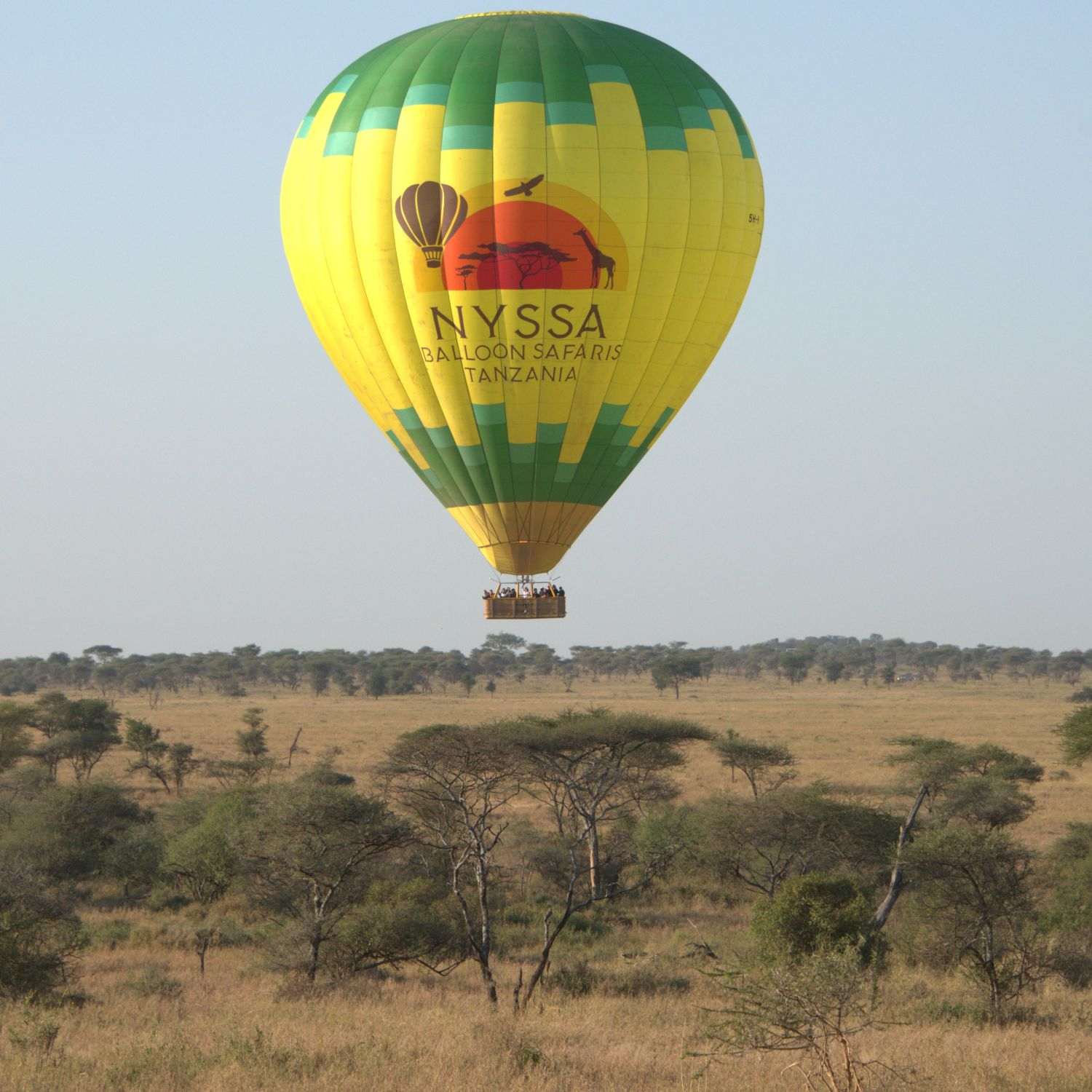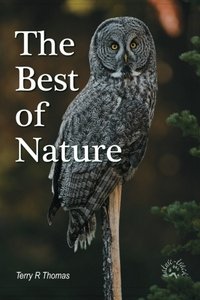Convection Heat Transfer

A hot air balloon uses the principle of convective heat transfer to stay aloft. As a burner warms the air inside the balloon mouth, the air rises to the top of the balloon. Cooler air is forced downward as more heated air takes over the top of the balloon.
Near midnight on April 15, 1912, HMS Titanic rammed into an iceberg about 325 nautical miles south-southeast off the coast of Newfoundland, Canada. The iceberg gouged a fatal hole in her side and after two hours and forty minutes, she slid below the surface, leaving 2,240 passengers and crew fighting for severely limited lifeboat space. More than 1,500 did not survive the ordeal of being cast into 28-degree Fahrenheit water. Physiologists determined that the average passenger had just 15 minutes of consciousness before slipping beneath the waves to die, not by drowning, but by hypothermia. Those that could not find a piece of flotsam to grasp onto were forced to swim and this hastened their demise.
There was a conductive heat loss as the victims entered the water, around 20 times greater than exposure to the same air temperature. However, the swimming motion set up a heat transfer known as convection, where a moving fluid hastens the heat loss by up to 70 times that of still air of the same temperature (moving ocean currents would do the same thing).
In the case of convection (fluid movement caused by a temperature difference), the word fluid also means air and brings about another dangerous condition we have named wind chill. As wind blows across our bodies, it strips away the layer of heat that we try to conserve around us during cold weather and replaces it with colder air, making the temperature seem colder than it really is. Like the victims of the Titanic, we are transferring heat from us to our surroundings at a rapid rate. The higher the windspeed, the faster the transfer. Wind can quickly rob us of a lot of body heat if we are not dressed properly or can get behind a wind block.
We should not, however, get the idea that heat energy transfer via convection is always a bad thing. Convection is very useful in our lives. This is the principle that a convection oven works on, circulating hot air inside an oven instead of just depending on radiative heat transfer. We use the same principle when we use our forced-air furnaces and is readily seen as we boil water—hotter water rising and cooler water falling in a circular pattern inside the pot. A hot air ballon stays aloft because of convective heat transfer properties. On a grander scale, convective heat transfer helps us keep our body temperature properly regulated and is responsible for much of the nutrient cycling in the oceans.
Convection heat energy transfer also plays a critical role in local and global weather and climate. It all starts when the sun shines on the Earth, heating lands and water differentially. As the surfaces warm through radiative heat transfer, the air above becomes warmer and starts to rise through convection. This vertical rise of air is largely responsible for the circulation of the atmosphere. A classic example is an ocean breeze. Land heats and cools faster than water so the air over the beach warms more quickly and begins to rise, creating a low-pressure area. Cooler air from over the ocean is under higher pressure and moves from toward land to fill this pressure differential and we feel a sea breeze.
Different places on the earth’s surface heat differently. For instance, black soil will heat much more quickly than snow-covered land or even light-colored rock. These differences in temperature create warmer pockets of air which rise at different rates creating what are called thermals, the same rising air that vultures and hang-gliders love to take advantage of to stay aloft longer.
As thermals rise, they begin to cool as they get higher. Cooling allows moisture they contain to condense, forming clouds. When the air cools enough, it begins to sink back down to Earth, setting up a convective circulation system for air.
Globally, convection currents are responsible for tropical climates where heating along the equator causes a lot of moisture to enter the atmosphere and creates low pressure (usually associated with lots of rain) over the equator. This warming air rises, begins to cool, and circulates from the equator to about 30 degrees latitude north and south where it finally reaches land and heads back to the equator. Where it comes back to Earth it forms dry high-pressure systems and creates the world’s largest deserts. This circulation pattern is known as Hadley cells. A similar pattern occurs from 30-65 degrees latitude, known as the Ferrel cells, except these have an opposite rotation of the Hadley cells.
While convective heat transfer can be the fastest way to lose body heat and is something all outdoor adventurers should be aware of, it is also the engine that drives our weather, ocean currents, and even the formation of some of our land features. Like so many things in life, whether it is good or bad depends on your viewpoint—for instance, abandoning ship or heating water for some hot chocolate.

Help Idaho Wildlife
When we traveled across the state in October 2017, we visited most of the Idaho Department of Fish and Game wildlife management areas. Most of the vehicles we saw using the wildlife management areas did not have wildlife plates. Buying wildlife plates is a great way for non-hunters and hunters alike to support wildlife-based recreation like birding.
C'mon folks, let's help Idaho's wildlife by proudly buying and displaying a wildlife license plate on each of our vehicles!
See below for information on Idaho plates. Most states have wildlife plates so if you live outside Idaho, check with your state's wildlife department or vehicle licensing division for availability of state wildlife plates where you live.
And tell them that you heard about it from Nature-track.com!
Wildlife License Plates
Great news! as of 2024, there are three NEW designs for license plates. They still are bluebird, cutthroat trout and elk, but they are beautiful.
Idaho Wildlife license plates provide essential funding that benefits the great diversity of native plants and wildlife that are not hunted, fished or trapped—over 10,000 species or 98% of Idaho’s species diversity. Game species that share the same habitats (such as elk, deer, antelope, sage-grouse, salmon, trout) also benefit from these specialty plates.
No state tax dollars are provided for wildlife diversity, conservation education and recreation programs. Neither are any revenues from the sale of hunting or fishing licenses spent on nongame species. Instead, these species depend on direct donations, federal grants, fundraising initiatives—and the Idaho Wildlife license plates.
Both my vehicles have Bluebird Plates. I prefer the bluebird because the nongame program gets 70 percent of the money from bluebird plates, but only 60 percent of the money from elk and trout plates - 10 percent of the money from elk plates supports wildlife disease monitoring and testing programs (to benefit the livestock industry) and 10 percent from cutthroat plates supports non-motorized boat access.
Incidentally, in 2014, the Idaho Legislature denied the Department of Fish and Game the ability to add new plates or even to change the name of the elk and cutthroat plates (very specific) to wildlife and fish plates, a move that would have allowed for changing images occasionally and generating more revenue. It would seem that they believe that we Idahoans don't want a well funded wildlife program.
I think it is time we let the Legislature know that Idahoan support wildlife funding and that we would like to see these generic plates come to fruition.

"WOW. What a phenomenal piece you wrote. You are amazing." Jennifer Jackson
That is embarrassing, but actually a fairly typical response to my nature essays. Since The Best of Nature is created from the very best of 16 years of these nature essays published weekly in the Idaho Falls Post Register (online readership 70,000), it is a fine read. It covers a wide variety of topics including humorous glimpses of nature, philosophy, natural history, and conservation. Readers praise the style, breadth of subject matter and my ability to communicate complex and emotional topics in a relaxed and understandable manner.
Everyone can find something to love in this book. From teenagers to octogenarians, from the coffee shop to the school room, these nature essays are widely read and enjoyed.
Some of the essays here are my personal favorites, others seemed to strike a chord with readers. Most have an important message or lesson that will resonate with you. They are written with a goal to simultaneously entertain and educate about the wonderful workings of nature. Some will make you laugh out loud and others will bring a tear to the eye and warm your heart.
Readers Write:
"You hit a home run with your article on, Big Questions in Nature. It should be required reading for everyone who has lost touch with nature...great job!" Joe Chapman
"We enjoyed your column, Bloom Where Planted. Some of the best writing yet. The Post Register is fortunate to have your weekly columns." Lou Griffin.
To read more and to order a copy, click here or get the Kindle version
Copies are also available at:
Post Register
Island Park Builders Supply (upstairs)
Barnes and Noble in Idaho Falls
Harriman State Park, Island Park
Museum of Idaho
Valley Books, Jackson Wyoming
Avocet Corner Bookstore, Bear River National Wildlife Refuge, Brigham City, Utah
Craters of the Moon National Monument Bookstore, Arco, Idaho